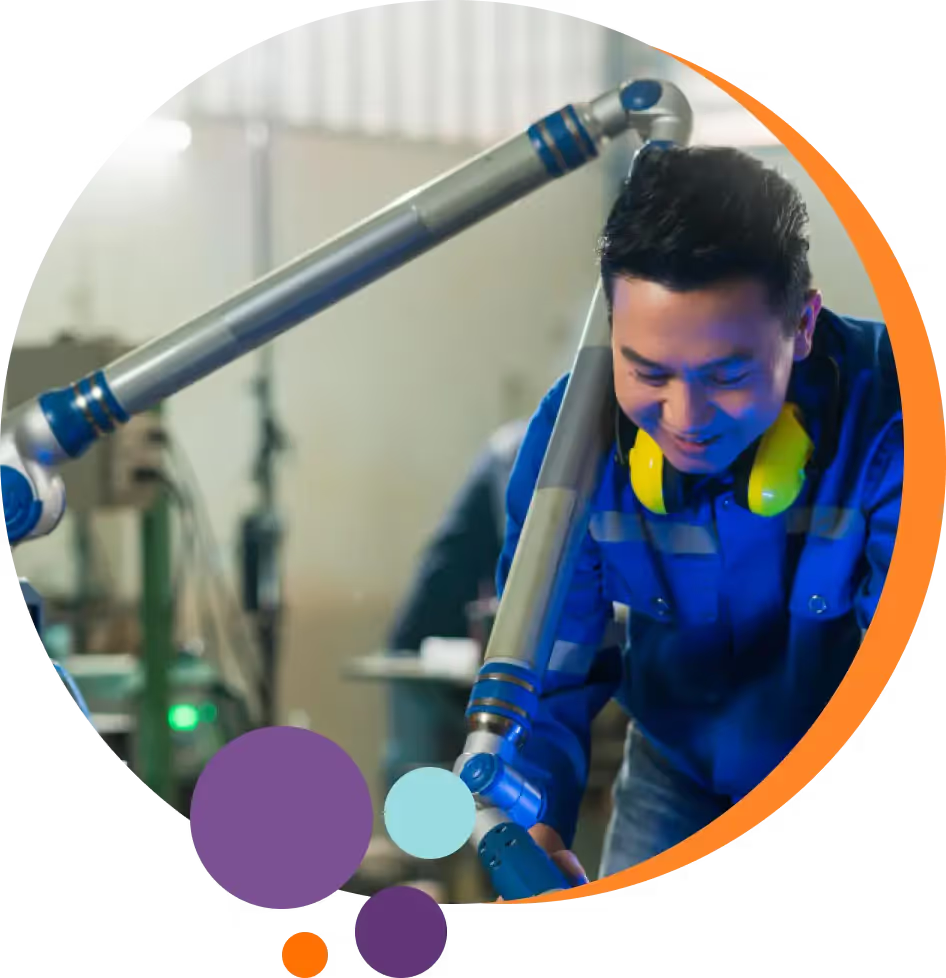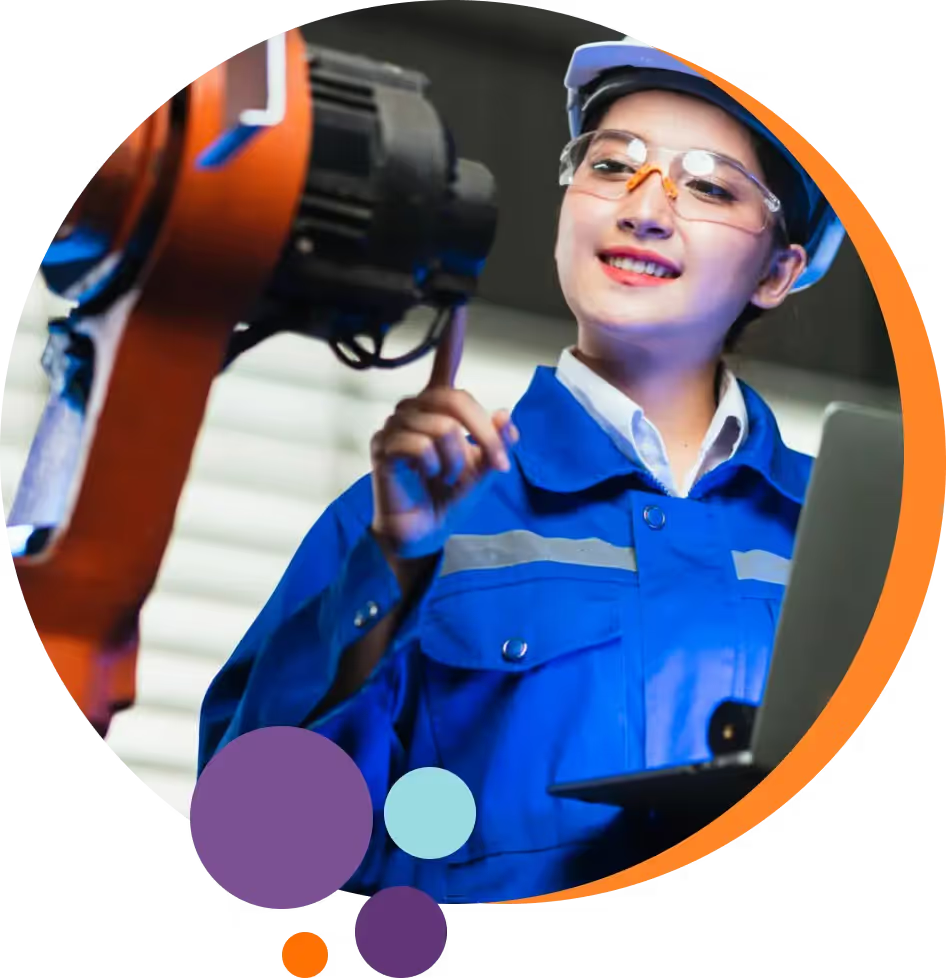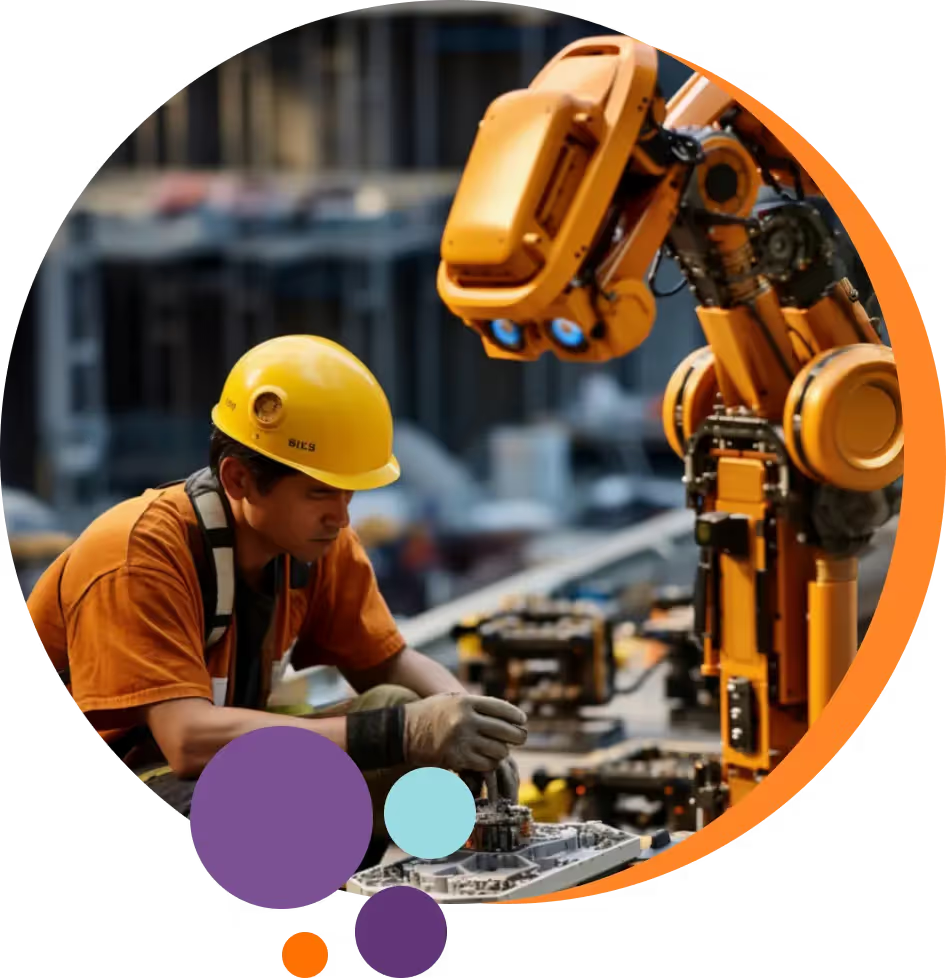What do Pipefitters and Steamfitters Do?
Pipefitters and steamfitters are skilled tradespeople essential for the construction and maintenance of the infrastructure behind modern plumbing, heating, and industrial processing systems.
They assemble, install, maintain, and repair mechanical piping systems that carry liquids, gasses, or steam.
While both roles overlap significantly, the term ‘steamfitter’ is reserved for professionals who specialize in systems that carry steam and other pressurized gasses.
‘Pipefitters’, on the other hand, work on a broader range of piping systems used to convey chemicals, compressed air, and fuel.
The critical nature of their work makes pipefitters and steamfitters essential in a variety of residential, commercial, and industrial settings, from apartment complexes and commercial buildings to factories and power plants.

Job Responsibilities of Pipefitters and Steamfitters
Here’s a quick breakdown of the key responsibilities of these two skilled trades:
Reading Blueprints and Technical Drawings
Pipefitters and steamfitters begin each project with a thorough study of blueprints, schematics, and related technical documents.
These materials provide the layout of the piping system by outlining pipe routes, diameters, connection points, and system specifications.
A deep understanding of symbols and notations is therefore critical, as is the ability to translate two-dimensional plans into three-dimensional reality on-site.
Measuring and Cutting Pipes to Specifications
Precision is key in both roles.
Fitters must measure pipes to exact specifications using tapes, levels, and lasers before cutting them with tools like saws and torches.
Going off by even a millimeter can lead to leaks and system inefficiencies, especially in pressurized systems.
Assembly and Installation
This stage involves connecting pipes using methods including threading, welding, brazing, and gluing.
Fitters must ensure connections are tight and properly aligned with due considerations to expansion, contraction, and system pressure.
The installation often involves working in tight, awkward, and elevated spaces, which requires physical agility and keen spatial awareness.
Inspecting and Testing Systems
Pipefitters and steamfitters conduct rigorous inspections and tests before a new system can be commissioned.
That involves the use of pressure gauges, ultrasonic sensors, and other diagnostic tools to identify leaks, weak joints, or blockages.
Some tests call for filling systems with air, water, or inert gasses and monitoring for pressure drops or malfunctions.
Repair and Maintenance
Pipefitters and steamfitters are routinely called to troubleshoot and repair existing systems.
This includes identifying worn-out parts, corrosion, and failed joints before executing appropriate repairs.
Maintenance work involves improving efficiency, upgrading outdated systems, and replacing hazardous materials like lead and cast iron pipes with safer alternatives.
Working With Different Materials
Modern piping systems use a wide range of materials depending on the use case, from steel for strength and heat resistance to copper for plumbing and PVC for drainage.
Fitters must understand the properties of each material, their compatibility with the substances flowing through them, and their pressure and temperature tolerances.



























